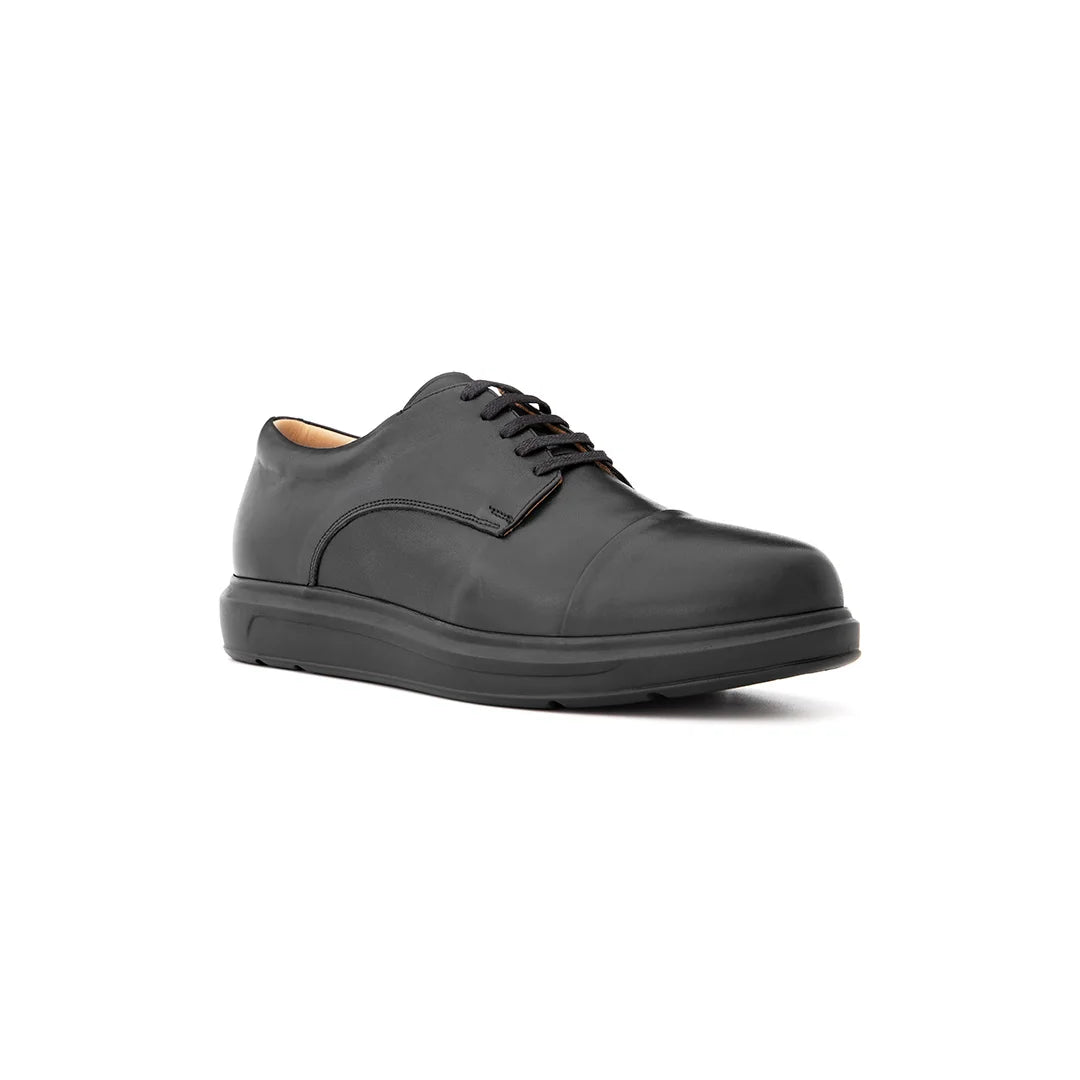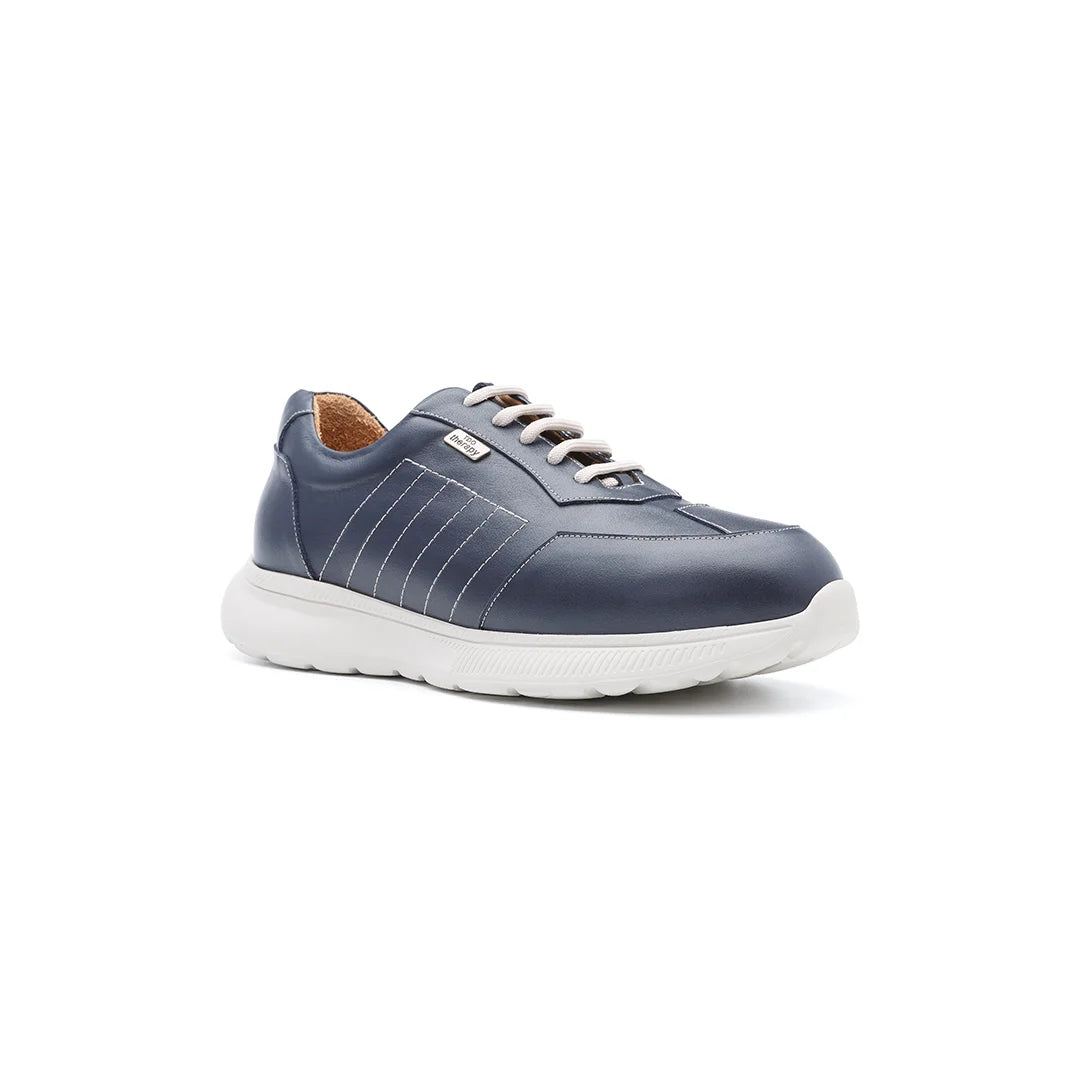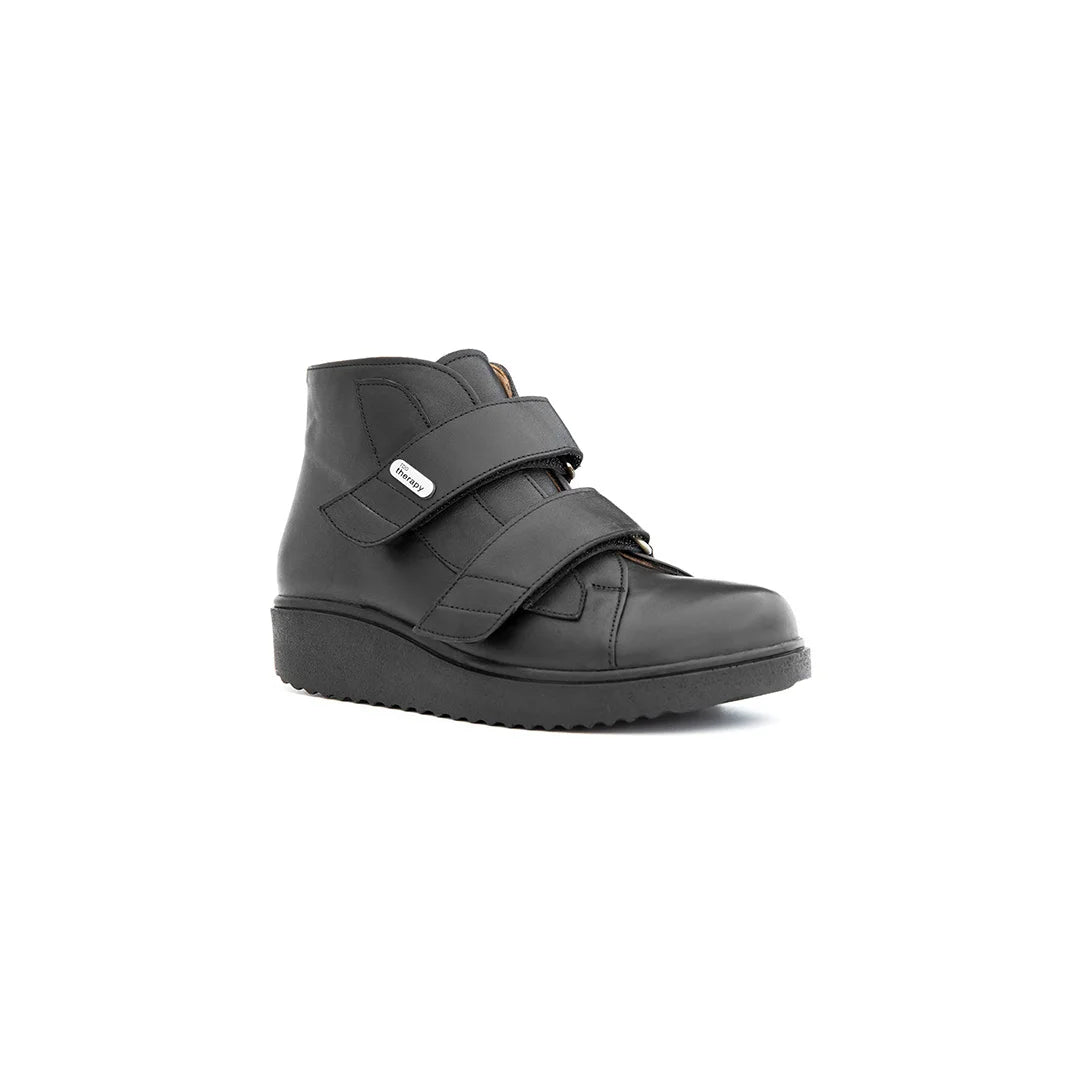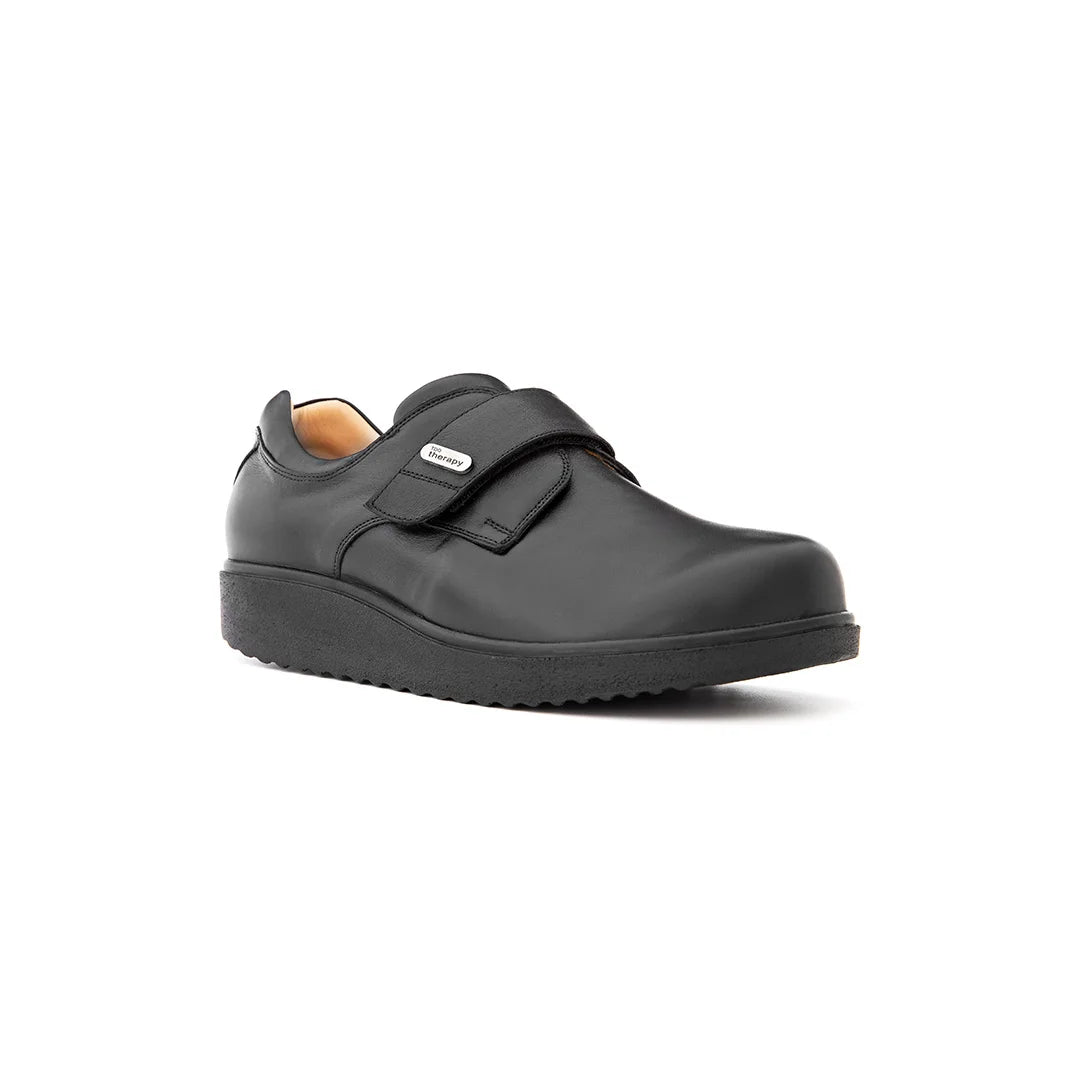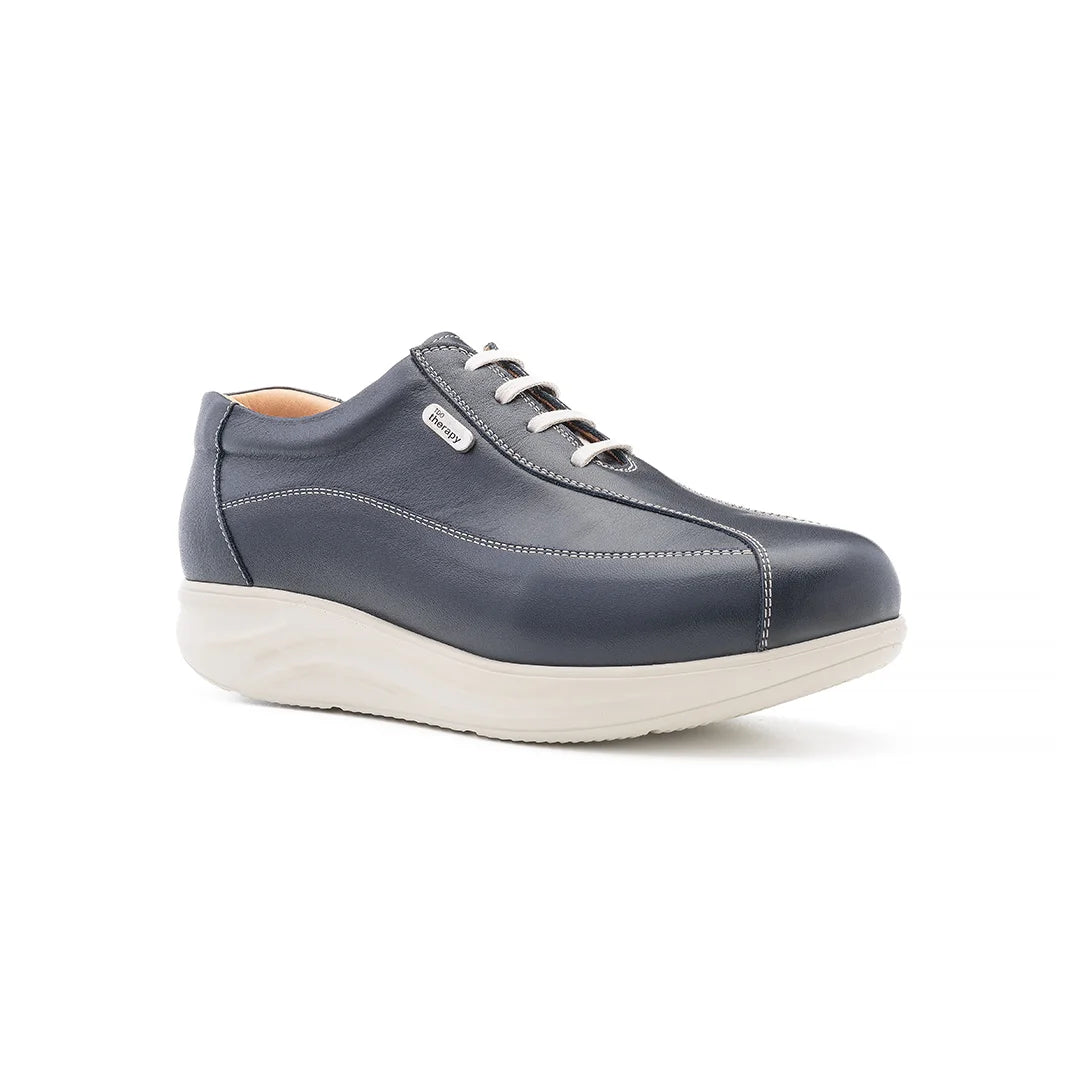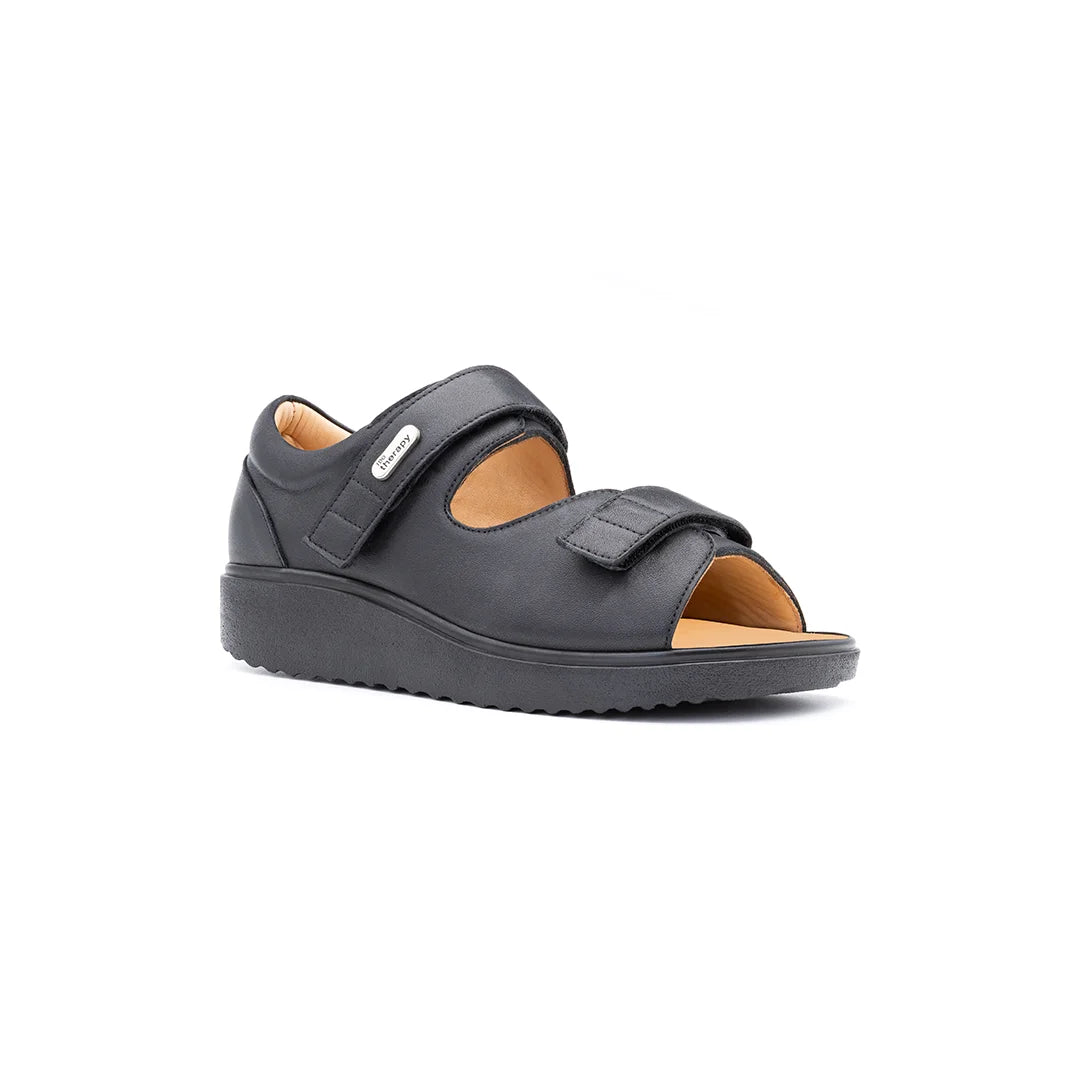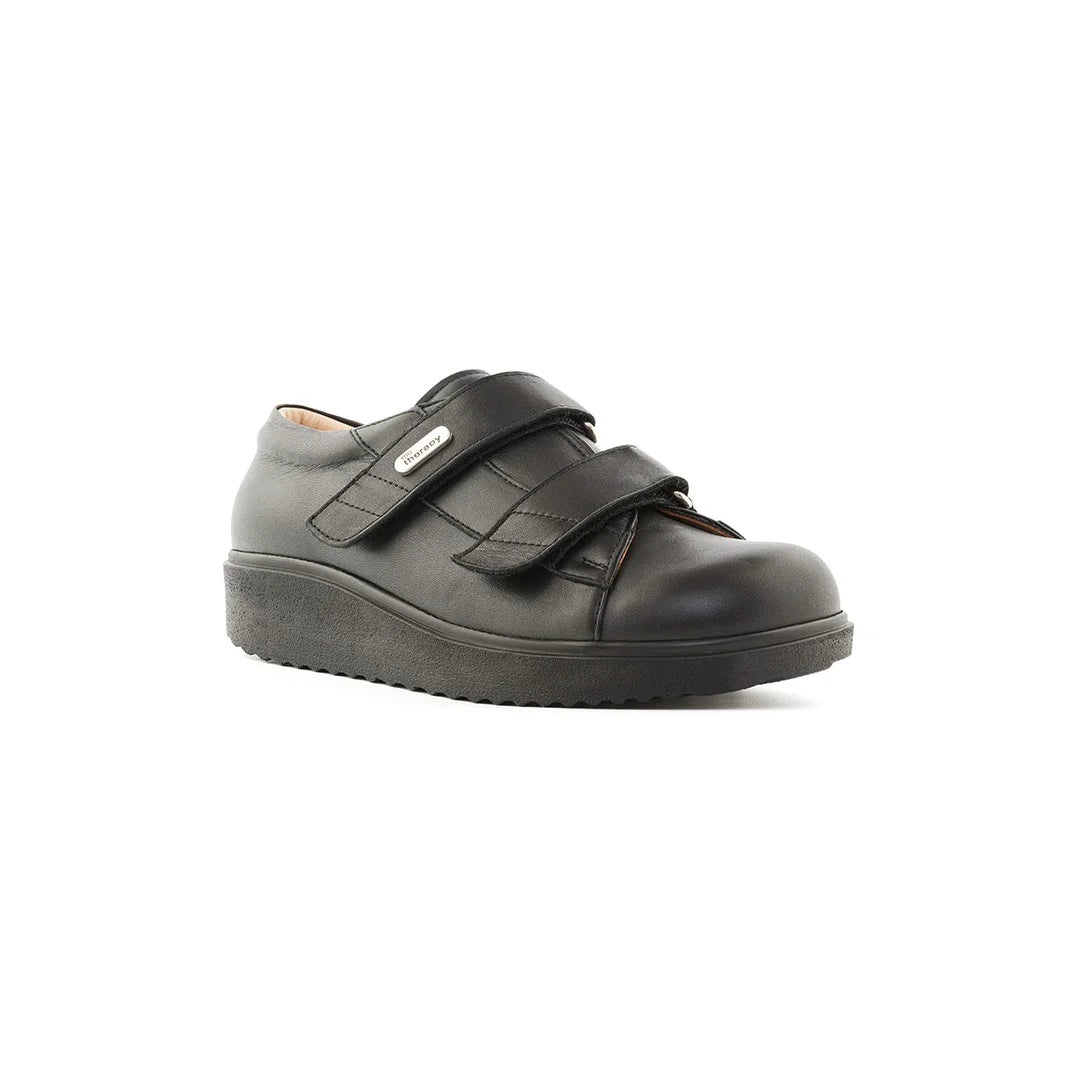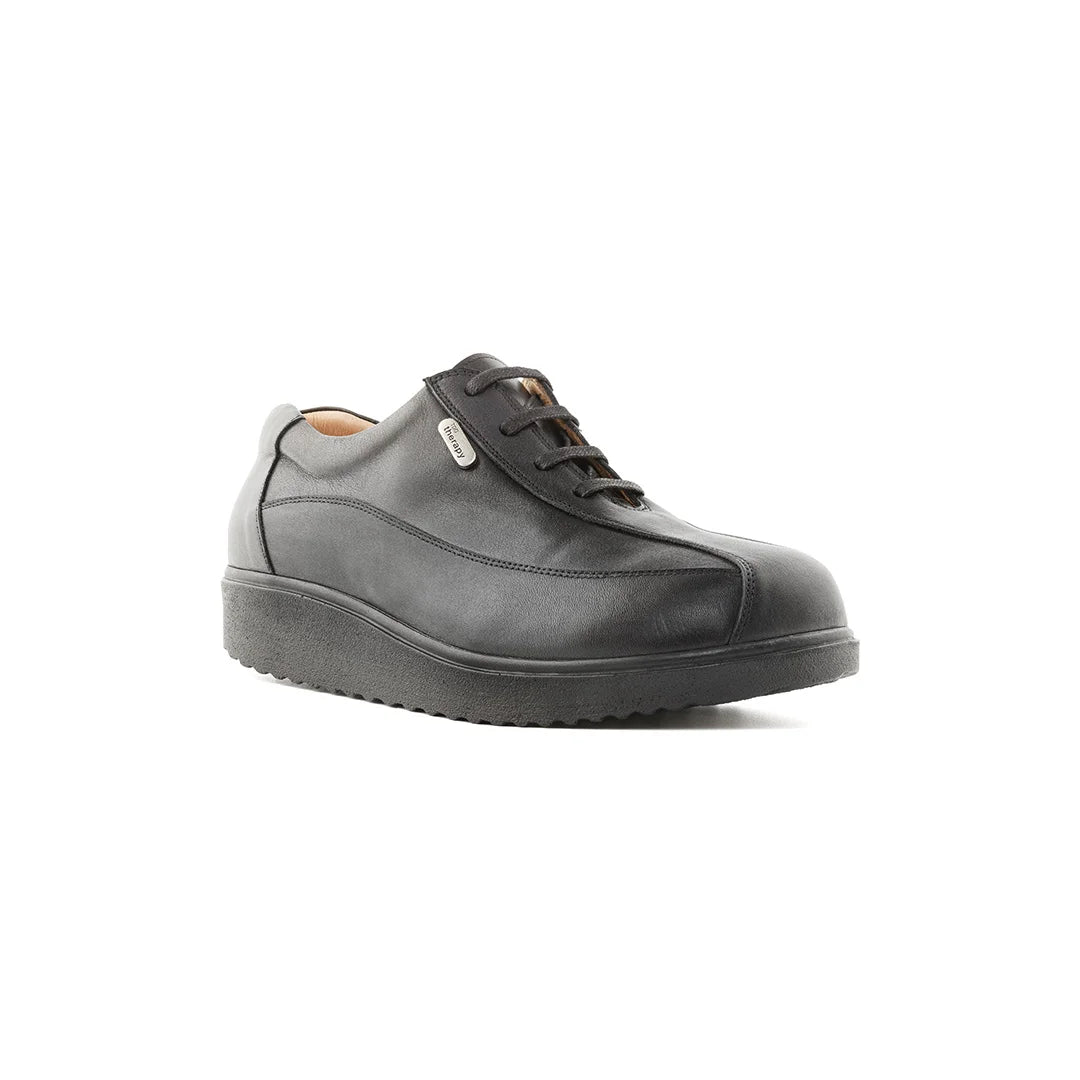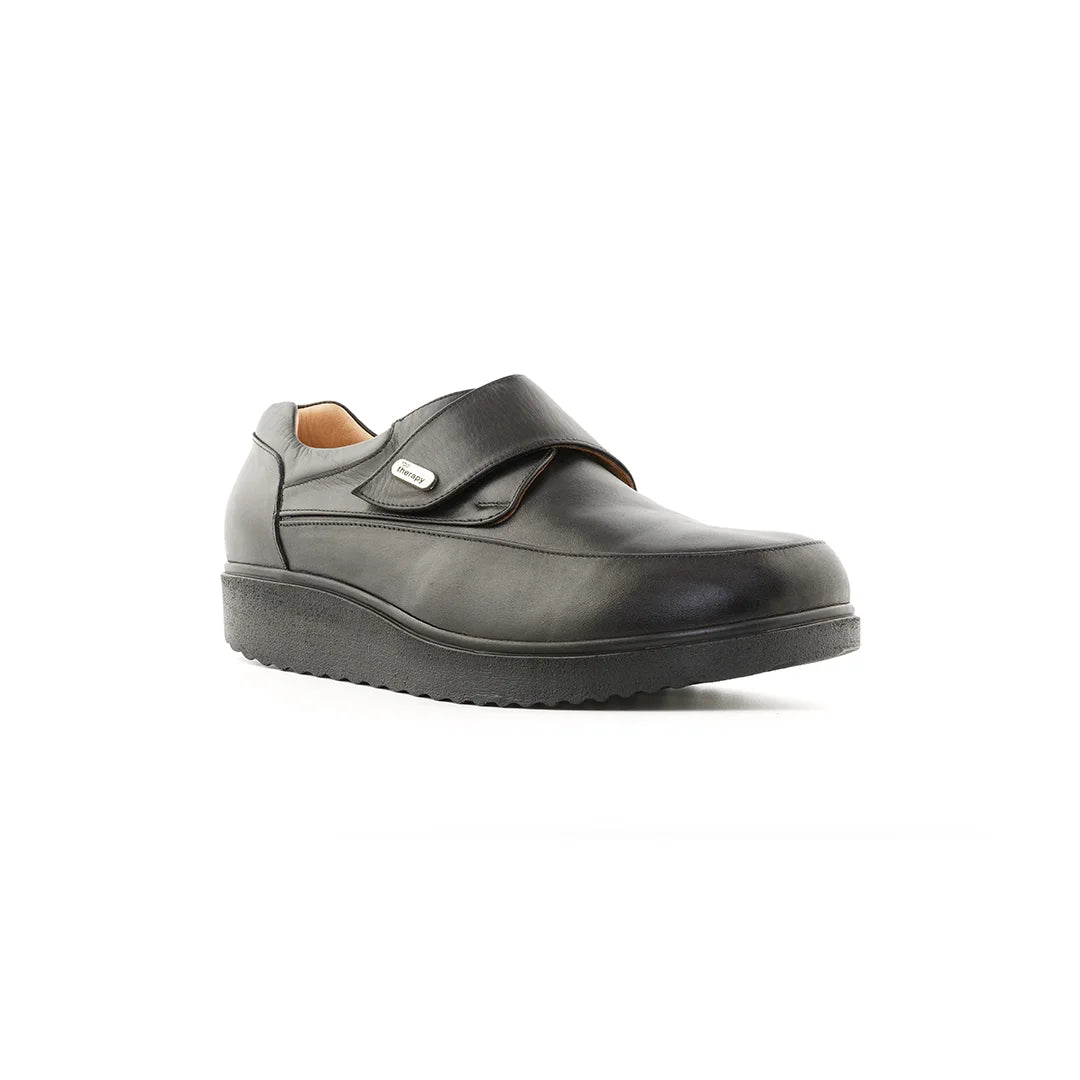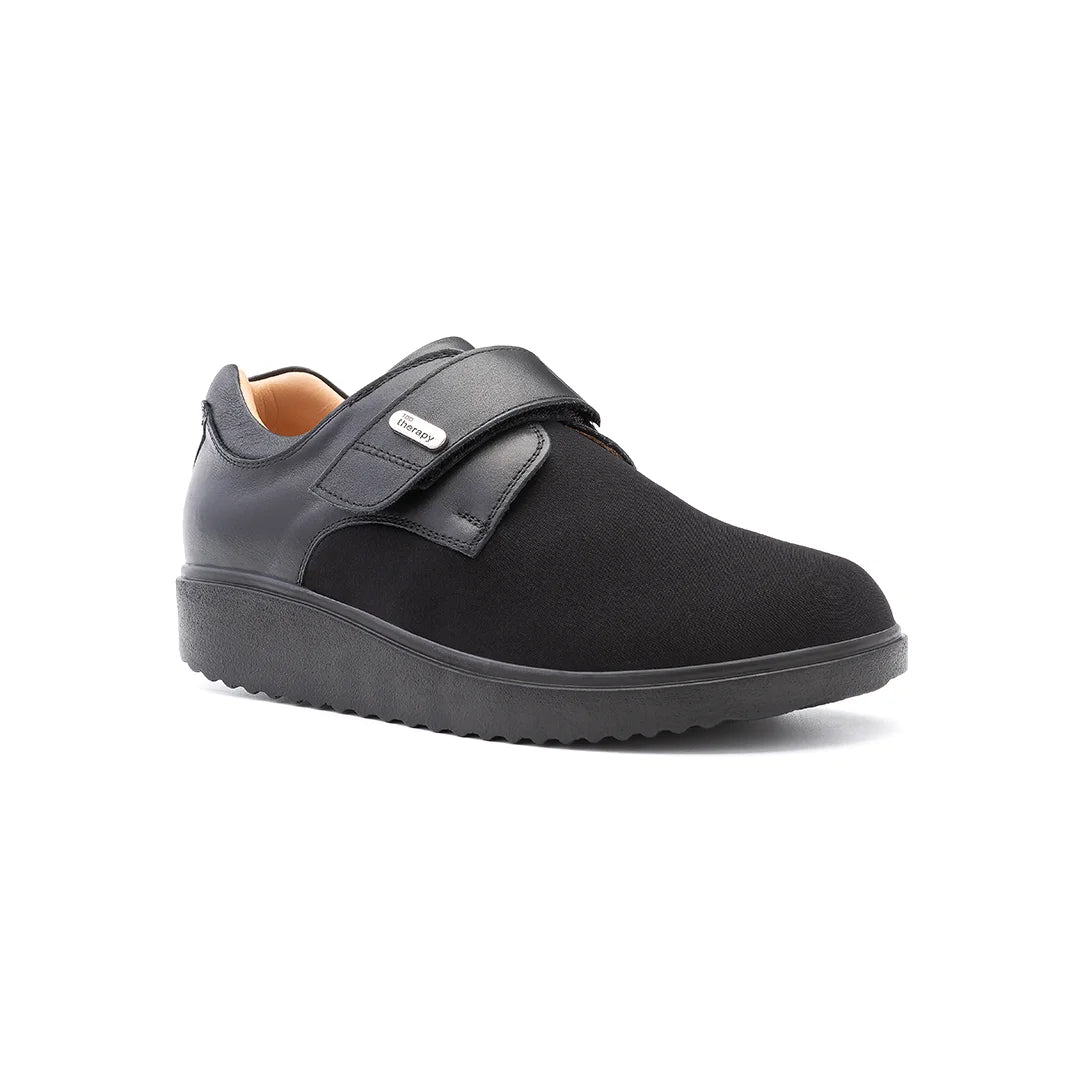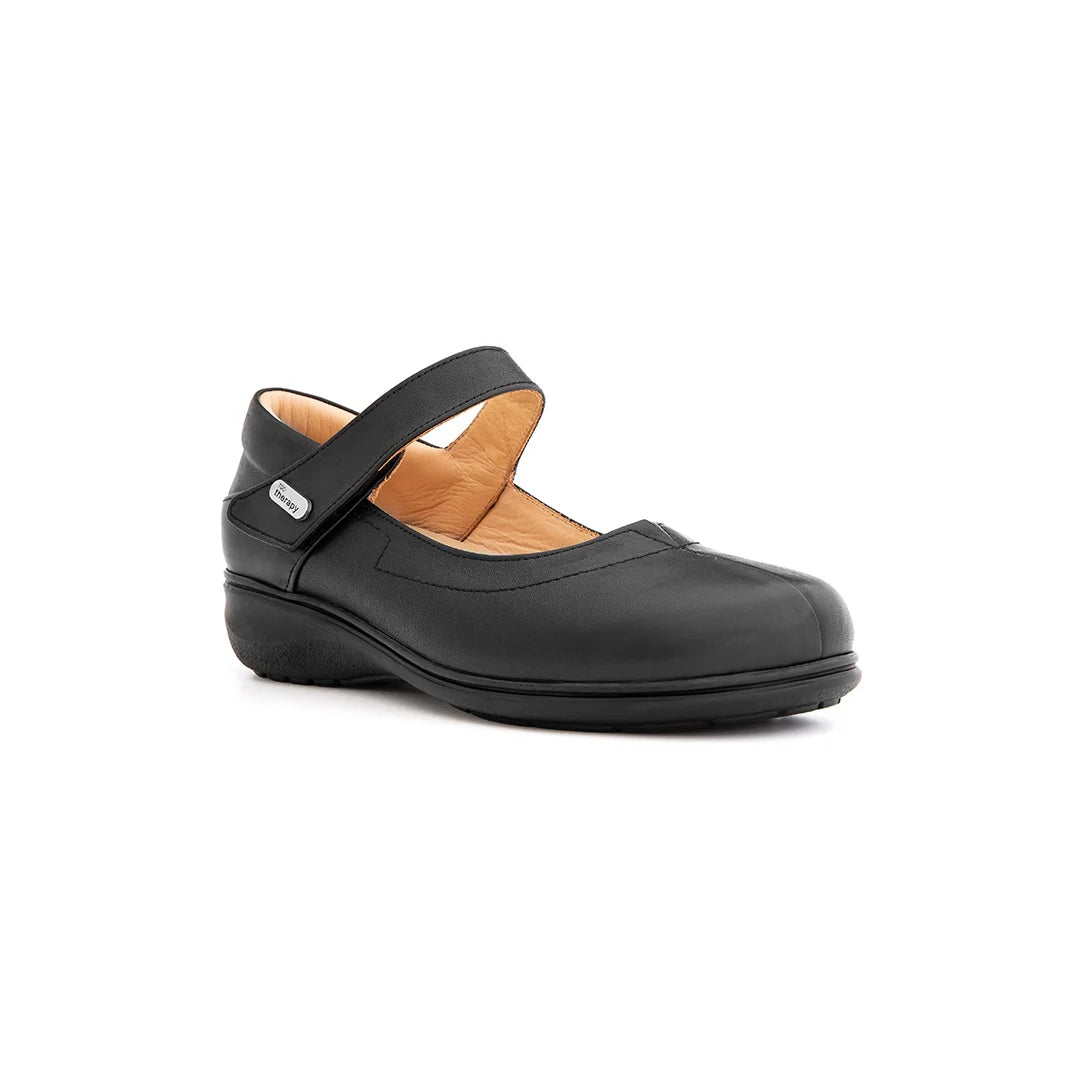Correctly fitting orthopedic shoes can transform your comfort and support your foot health, but it all starts with accurate measurements. Whether you’re dealing with foot pain, seeking better support, or simply want shoes that feel great, knowing how to measure your feet at home for proper orthopedic shoe fit is essential. At TDO Therapy, we believe everyone deserves footwear that promotes well-being. This comprehensive guide will walk you through the process, ensuring you get the perfect fit without leaving your home. No need for expensive tools or a trip to the store—our easy-to-follow instructions will empower you to measure like a pro and choose the best orthopedic shoes for your needs.
Why Measuring Your Feet Correctly Matters
Getting the right fit for orthopedic shoes is more than just comfort—it’s about protecting your foot health. Orthopedic shoes are designed to support your arches, distribute pressure evenly, and reduce strain on your joints. However, a poorly fitting pair can cause more harm than good. Shoes that are too tight may lead to blisters, bunions, or even restricted blood flow, while overly loose ones can cause instability, rubbing, or falls. According to the NHS, improper footwear is a leading cause of foot problems like plantar fasciitis and heel pain.
Learning how to measure your feet at home for proper orthopedic shoe fit ensures you avoid these issues. Accurate measurements help you select shoes that align with your foot’s unique shape and size, offering tailored support. This is especially crucial for those with conditions like flat feet, high arches, or diabetes, where precise fit can prevent complications. Plus, measuring at home saves time and gives you confidence when shopping online at TDO Therapy’s orthopedic shoe collection. With the right measurements, you’re one step closer to all-day comfort and healthier feet.
Tools You Need to Measure Your Feet at Home
Before you start, gather a few simple items to make the process smooth and accurate. The good news? You likely have everything you need already. Here’s what you’ll need to master how to measure your feet at home for proper orthopedic shoe fit:
- Paper: An A4 sheet or any flat piece of paper large enough to trace your foot.
- Pen or Pencil: A ballpoint pen works best for precise tracing.
- Ruler or Measuring Tape: A rigid ruler is ideal for length and width, but a flexible tape works too.
- Flat Surface: A hard floor (avoid carpets for accuracy).
- Optional: A mirror to check your foot’s position or a friend to assist.
Ensure the paper is flat and the ruler is in good condition to avoid errors. If you don’t have a measuring tape, you can use a piece of string and measure it against a ruler later. These basic tools are all you need to get started. For more tips on choosing the right shoes after measuring, check out TDO Therapy’s sizing guide.
How to Measure Your Feet at Home
Start by setting up a comfortable and accurate environment. Choose a flat, hard surface like a tiled or wooden floor—carpets can distort measurements. Place a piece of paper on the floor and secure it with tape or hold it steady. Remove shoes and socks, as even thin socks can skew results. For the most reliable measurements, do this in the evening when your feet are slightly swollen from the day’s activities. This ensures your shoes won’t feel tight later. Sit on a chair or stand with even weight distribution to mimic your natural stance.
Place your foot flat on the paper, keeping your heel against a wall for stability if needed. Hold a pen perpendicular to the paper (tilting it can exaggerate the outline). Carefully trace around your entire foot, staying as close to the edge as possible without pressing into your skin. Take your time to capture every curve, especially around the toes and arch. Repeat the process for your other foot, as most people have slight size differences between their feet. If tracing feels tricky, ask a friend to help or use a mirror to ensure your foot stays still.
Next, take your ruler or measuring tape to measure the tracings. For length, find the longest point from the tip of your longest toe to the back of your heel. Mark these points on the paper and measure the distance in centimeters (or inches, if preferred). For width, locate the widest part of your foot, usually across the ball or forefoot, and measure that distance. Write down both measurements for each foot, noting any differences. Double-check your numbers to ensure accuracy, as even a millimeter can affect fit.
Orthopedic shoes often require attention to arch height and instep for optimal support. To estimate your arch, look at your foot tracing and note the curve along the inner side. A shallow curve may indicate flat feet, while a pronounced curve suggests high arches. For a rough measurement, place a ruler across the arch area to gauge its width. For the instep, wrap a flexible measuring tape around the top of your foot, just above the arch, to measure its circumference. These details help you choose shoes with the right support, like those in TDO Therapy’s collection.
With your measurements in hand, compare them to a sizing chart to find your ideal shoe size. Visit TDO Therapy’s size guide for a reliable reference. Note that sizing can vary slightly between brands, so always check the specific chart for the shoes you’re considering. If your feet differ in size, choose the size that fits your larger foot and consider insoles for the smaller one. For orthopedic shoes, leave about 0.5-1 cm of space at the toes for comfort, especially if you have conditions like bunions. This process ensures you apply how to measure your feet at home for proper orthopedic shoe fit to find the perfect pair.

Tips for Ensuring Accurate Measurements
To make sure your measurements are spot-on, keep these practical tips in mind:
- Measure Both Feet: Always measure both feet, as differences are common. Use the larger foot’s measurements for sizing.
- Avoid Rushing: Take your time to trace and measure carefully. Rushing can lead to errors that affect fit.
- Check Your Tools: Ensure your ruler or tape is accurate and not stretched or damaged.
- Evening Measurements: Measure in the evening when your feet are at their largest due to natural swelling.
- No Socks: Measure barefoot to avoid adding extra bulk that could skew results.
- Double-Check: Repeat the process or have someone verify your measurements for accuracy.
- Account for Orthopedic Needs: If you use custom insoles, factor in their thickness when measuring.
By following these tips, you’ll master how to measure your feet at home for proper orthopedic shoe fit and avoid common pitfalls. For more advice, explore TDO Therapy’s foot health tips.
Choosing the Right Orthopedic Shoes After Measuring
Now that you have your measurements, it’s time to find the perfect orthopedic shoes. Use your length, width, arch, and instep data to select a pair that matches your foot’s needs. Here are key features to look for:
- Wide Toe Box: Allows your toes to spread naturally, preventing pressure points.
- Arch Support: Matches your arch type (low, neutral, or high) for better alignment.
- Cushioned Soles: Absorbs shock and reduces strain on your joints.
- Breathable Materials: Keeps your feet cool and dry, ideal for all-day wear.
- Adjustable Fit: Look for laces or straps to customize the fit, especially for swelling feet.
At TDO Therapy, we offer a wide range of orthopedic shoes designed for comfort and style. For example, if your foot width is 10 cm, our wide-fit models provide ample room without sacrificing support. If you have high arches, our specialized designs ensure proper cushioning. Knowing how to measure your feet at home for proper orthopedic shoe fit gives you the confidence to shop smarter. Browse our women’s or men’s collections to find your ideal pair today.
Frequently Asked Questions (FAQs)
How often should I measure my feet for orthopedic shoes?
You should measure your feet at least once a year, as foot size can change due to age, weight fluctuations, or conditions like pregnancy. If you notice discomfort or new foot issues, measure sooner. Use TDO Therapy’s size guide to ensure your measurements align with the latest sizing standards.
Can I measure my feet alone, or do I need help?
You can measure your feet alone with care, but having a helper makes tracing and measuring easier and more accurate. If solo, use a mirror to check your foot’s position or tape the paper securely to avoid slipping. Either way, you’ll get reliable results for your orthopedic shoe fit.
Why do my feet measure differently in the morning and evening?
Your feet swell slightly throughout the day due to activity and gravity, so evening measurements are larger and more accurate for shoe sizing. Measuring at night ensures your orthopedic shoes won’t feel tight during peak swelling. This is a key part of how to measure your feet at home for proper orthopedic shoe fit.
What if my feet are different sizes?
It’s normal for feet to vary slightly. Always choose shoes based on your larger foot’s measurements to ensure comfort. For the smaller foot, add an insole or padding if needed. TDO Therapy’s wide-fit options accommodate these differences beautifully.
How do I know if my orthopedic shoes fit properly after measuring?
A proper fit means your toes have wiggle room (about 0.5 cm), your heel stays secure without slipping, and your arches feel supported. Walk around to test for pinching or rubbing. If anything feels off, revisit your measurements or explore TDO Therapy’s customer support for guidance.



